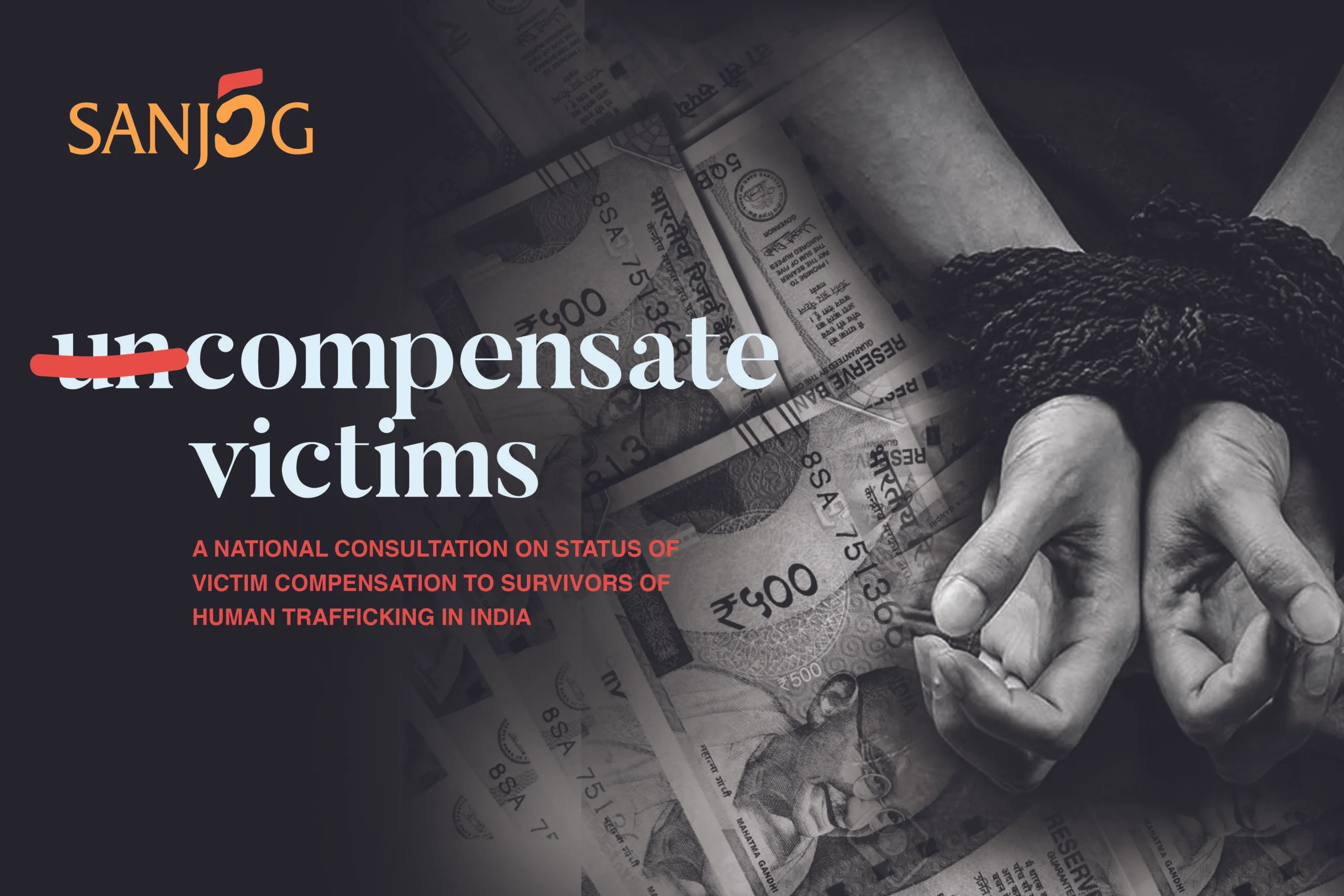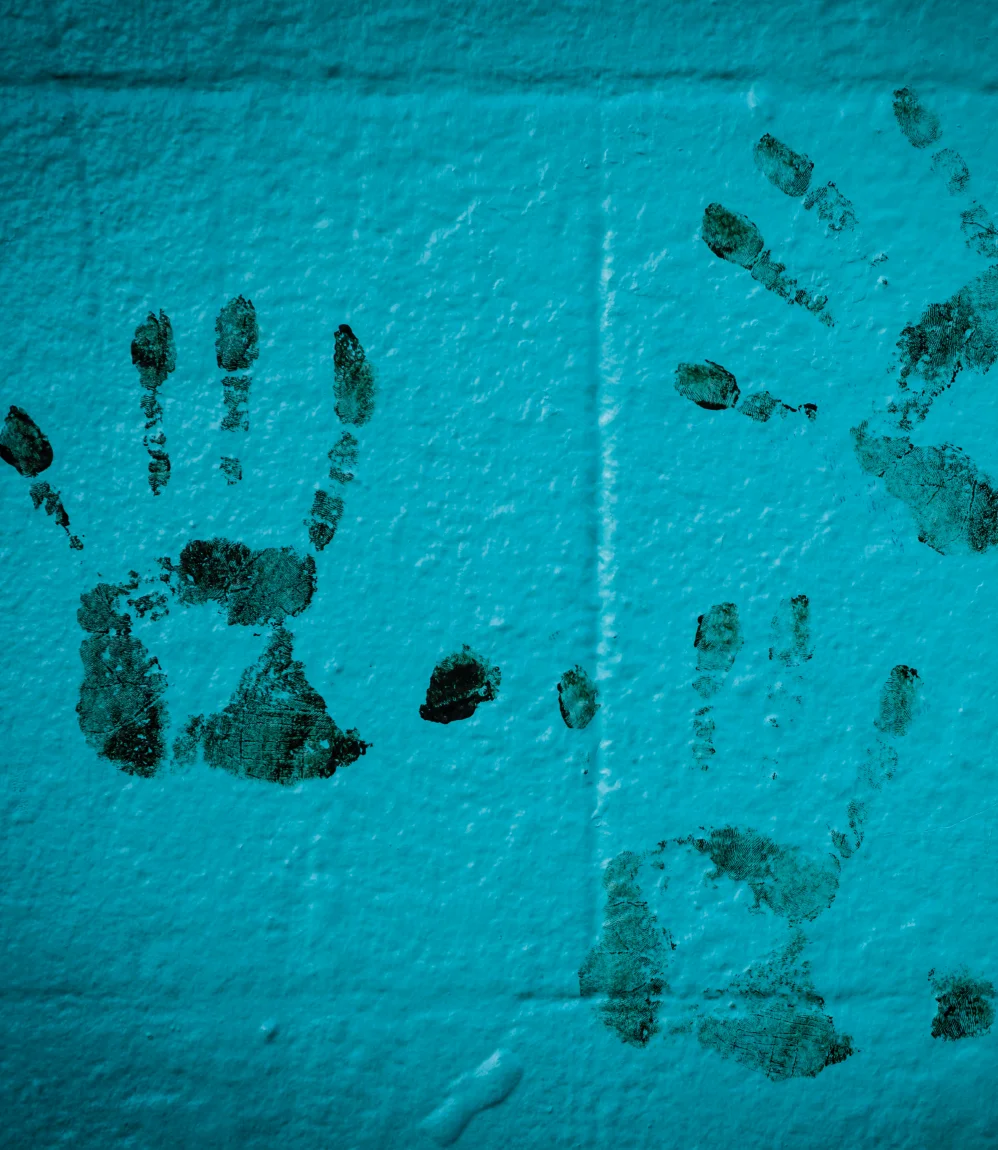National Status of Victim Compensation for survivors of Trafficking in India

This study on the status of victim compensation for survivors of trafficking inIndia is a result of curiosity, inquiry and a diligent four year long study by ateam of lawyers, social workers, activists and researchers. Whatis common between all the members and organisations in this initiative is that they are members of Tafteesh – a consortium programme on Access toJustice for Survivors of Human Trafficking (www.tafteesh.org). It’s nearly a decade since Indiamade policy and budgetaryprovisions to ensure that victims ofphysical, sexual and psychologicaltorture – such as people who havesuffered rape or acid burns orhuman trafficking are financiallycompensated by the State. Thisstep is momentous because as anation, it shows a face of the Statethat assumes responsibility inprevention of violence againstchildren, against women, againstthe vulnerable. And takesresponsibility for the failure ofhaving been able to ensureprotection.This study intended to understand how has the state victim compensation schemes been implemented from responses of State Governments to RTIs filed by lawyers across India asking the following –rnu003col type=u00221u0022u003ern tu003cliu003eSince notification of the victim compensation schemes in each of the states, how many survivors of human trafficking have been able to apply, and receive victim compensation?u003c/liu003ern tu003cliu003eWhat has been the budgetary allocation made by central and state governments in each financial year since introducing CrPC section 357A in 2009 for implementation of the victim compensation schemes?u003c/liu003ern tu003cliu003eHow much compensation has been awarded and disbursed each financial year to survivors of trafficking?u003c/liu003ern tu003cliu003eUnder which heads of the schedule mentioned in the state victim compensation scheme has there been highest number of applications, and awarding of victim compensation?u003c/liu003ernu003c/olu003ernImplementation of any policy inIndia, especially a welfare policytargeting the poor and thedisenfranchised runs into multiplechallenges. Law and policy makersmust have predicted that foreffective implementation of thispolicy, there will need to be efforts atall ends, to identify and removebottlenecks and stop-corks. Thisstudy and this report offersinformation, evidence and data, andanalysis on what has resulted in theunder-optimal implementation of thescheme. Hopefully, this report willtrigger conversations and actions,agreements and disagreements, allof which will lead to actions forimprovement in policy enforcementand accountability setting.
DOWNLOAD REPORTS

